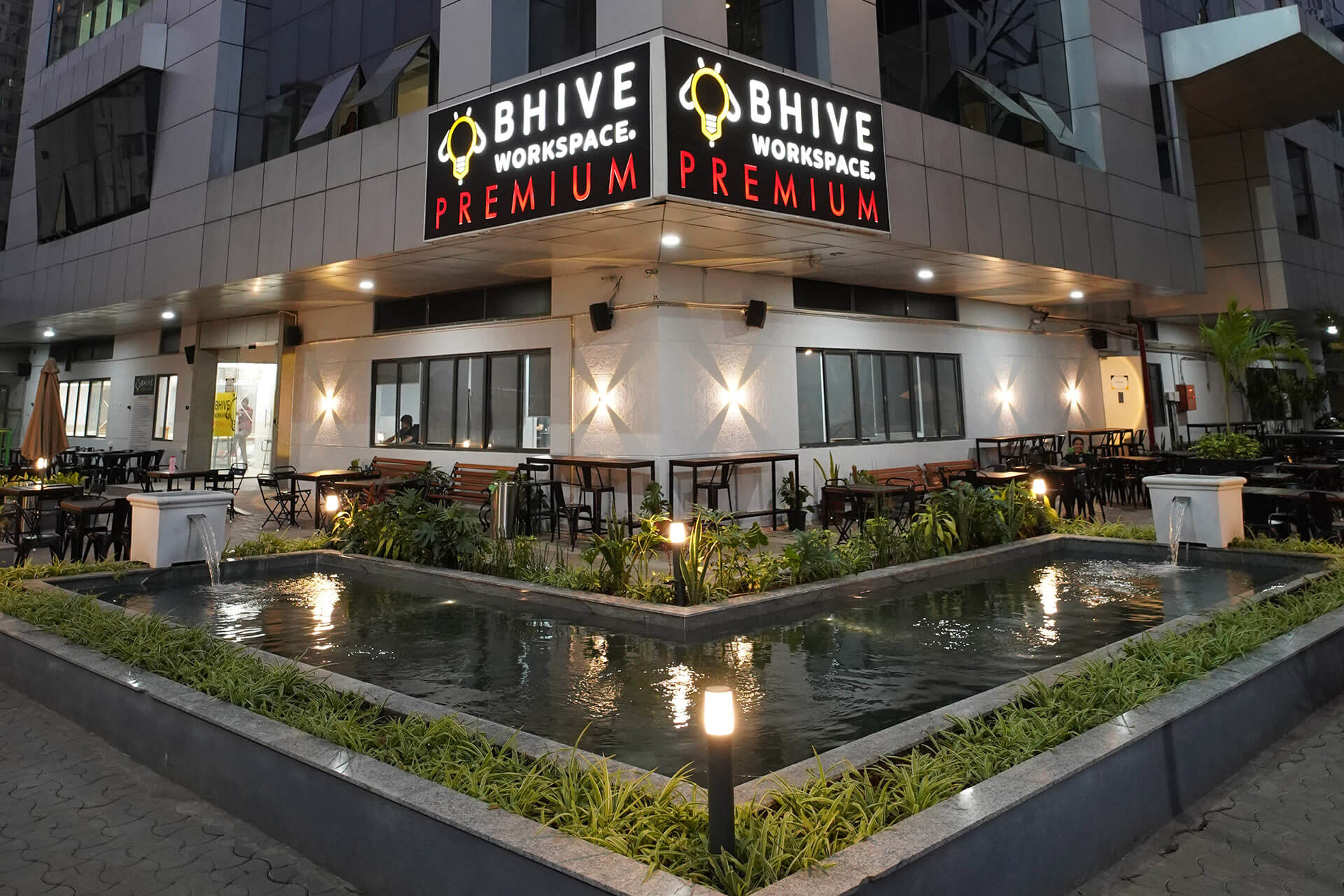E - PAPER
Townships – An Integrated Lifestyle India is Increasingly Turning To
Townships have existed in India over the years, from those like Fort Kochi set up by the Europeans to the ones built by huge industrial houses, (Tata, ACC to name a few) close to their manufacturing plants, for the benefit and comfort of their employees. Since then, townships have evolved and today
 BY
Realty Plus
BY
Realty Plus
Published - Monday, 17 Jan, 2022

Townships have existed in India over the years, from those like Fort Kochi set up by the Europeans to the ones built by huge industrial houses, (Tata, ACC to name a few) close to their manufacturing plants, for the benefit and comfort of their employees. Since then, townships have evolved and today they are not just functional spaces but self-sustaining ones, which aim to provide a more holistic and healthier lifestyle for a community within a well-defined area.
Coming to Age
Since land is a state subject, those like Maharashtra, Gujarat, Rajasthan, Karnataka, and most recently Uttar Pradesh have their integrated township policies in place – the objective being to create intelligent and sustainable cities. In simple terms, sustainability means development that meets the needs of the present generation without compromising on the needs of its future users. India can boast of more than 100 laudable townships, most being in the NCR, followed by Maharashtra.
Mumbai in particular is not alien to this concept either and one of the oldest modern townships in and around Mumbai was set up by the Kalpataru Group in Mira Road in 1985. Named Srishti, this 140-acre township heralded a new kind of living for those who wanted to be in the city and yet required privacy with all amenities within reachable distance. The sweet irony is that more than 35 years later, this township still holds well and is ready to expand. Srishti is adding a brand new sector, spread across 9.3 acres, and will see a phase-wise development of over 1000 premium apartments.
Over the years, many developers joined the township bandwagon across India. To name a few, Gomi Nagar in Lucknow, Godrej Garden City in Ahmedabad, Gaur Yamuna City in Noida, Mahindra World City, near Chennai, Shantigram by Adani Realty, Magarpatta City in Pune, Omaxe City in Indore, and Kalpataru Parkcity in Thane - all sporting exemplary residences, packed with the comforts of community living.
The Promise of Convenience and Security
Townships primarily mean safe and controlled living. Townships are designed to be sheltered, independent and self-sufficient spaces where every member of the family can be occupied and engaged in an environment of security. In a township, residents have most of their essential and recreational needs taken care of, whilst they go about their lives. There is often something for every member of a family in a township expanse – provisions for walking, yoga, shopping, grocery stores, temples, health centers, play areas are always part of a secure setup. Also, an integrated township performs better in the resale market because, being mainstream, there is always a scope to modify and alter to suit future needs, unlike stand-alone buildings. Yes, often, the flats in a township are at a premium than those in individual buildings, but as they say, no expense can match the safety and security of one's family.
Advantage townships during the pandemic
These days townships have taken on a different hue. With the pandemic raging, the clear need to live in isolated spaces appears more pronounced. While there is no specific data, it was clear that the virus in Wave 1 and 2 spread faster in clusters that were not bound by any commonality except physical proximity. The advantages of a township in times of a pandemic are manifold.
-Townships tend to have large open and green spaces. These provide for healthier living.
-Townships have medical facilities and other amenities nearby so emergencies can be better handled
-Being a close-knit community, it is easier to control crowds and spaces and issue regulations for better governance
-Like-minded neighbors make interaction and discussions more meaningful and advantageous to the community at large
-It is easier for resident associations to impose appropriate self-restrictions in times of crisis
- A 'cluster-spread' can be better controlled in a township governed by progressive rules
There have been umpteen examples during COVID's second wave when large housing complexes imposed strict rules about conduct and movement and thereby kept pandemic numbers in check
Sustaining Healthy living
Notwithstanding the pandemic, a township lifestyle will always drift to a healthier one. Large green areas serve to rustle up a healthy lifestyle provoking residents to stay fit. Lodha's Pallava in Dombivali has its football ground and Fire Brigade station. Ahmedabad's Godrej Garden City's green expanse seems like a forest cover and Bangalore's Neotown has a natural depressed land that attracts the chirpiest of birds and is designed in a way to offer maximum use of natural light. A very unique project is Kalpataru's 100-acre expanse titled Parkcity on Kolshet Road, Thane. It will have a park built on the likes of iconic ones like Hyde Park, London, or Millennium Park in Chicago. Named the Grand Central Park, it is spread over 20 acres with a 2-acre lake built-in. Besides, a stylized promenade, and thematic gardens and fountains, it will have unique Flora Trellis viewing decks and an Iconic Bridge with a viewing point that offers panoramic views of the park. It will not only have an amphitheater by the lakefront to host events, but also a Treehouse to keep children busy.
Enabling Planned life
Townships come with intricate planning and are often designed by experts to give their end-users a sense of fine living experience. Andhra Pradesh had devised a plan for a 20 'walk-to-work in 10 minutes' townships. Brigade Orchards in Bangalore built a world-class stadium to keep its residents fit and healthy. Kalpataru's Parkcity enables not only 'walk to work' but also 'walk to school' to keep the coming generations introduced and attuned to the fitness mantra. The idea will be to have all major establishments within the complex within walking distance – taking into account future possibilities for connection to larger city-wide systems through a connected street network, provision for bus stops, and 'last-mile connectivity' to proposed metro stations.
The many benefits of township living are likely to see increased developer interest, across not just the metros but even smaller cities. The well-planned national industrial corridors in particular are likely to witness significant integrated township development, as new industries spring up and workforce concentrates in these hitherto underdeveloped areas. The availability of large unencumbered land parcels in these areas also offers more design room for township developers to create truly self-sustaining communities.
RELATED STORY VIEW MORE
TOP STORY VIEW MORE

Mixed Outlook for Australia's Housing Sector In 2024
Mixed Outlook for Australia's Housing Sector In 2024
05 December, 2024NEWS LETTER
Subscribe for our news letter
















